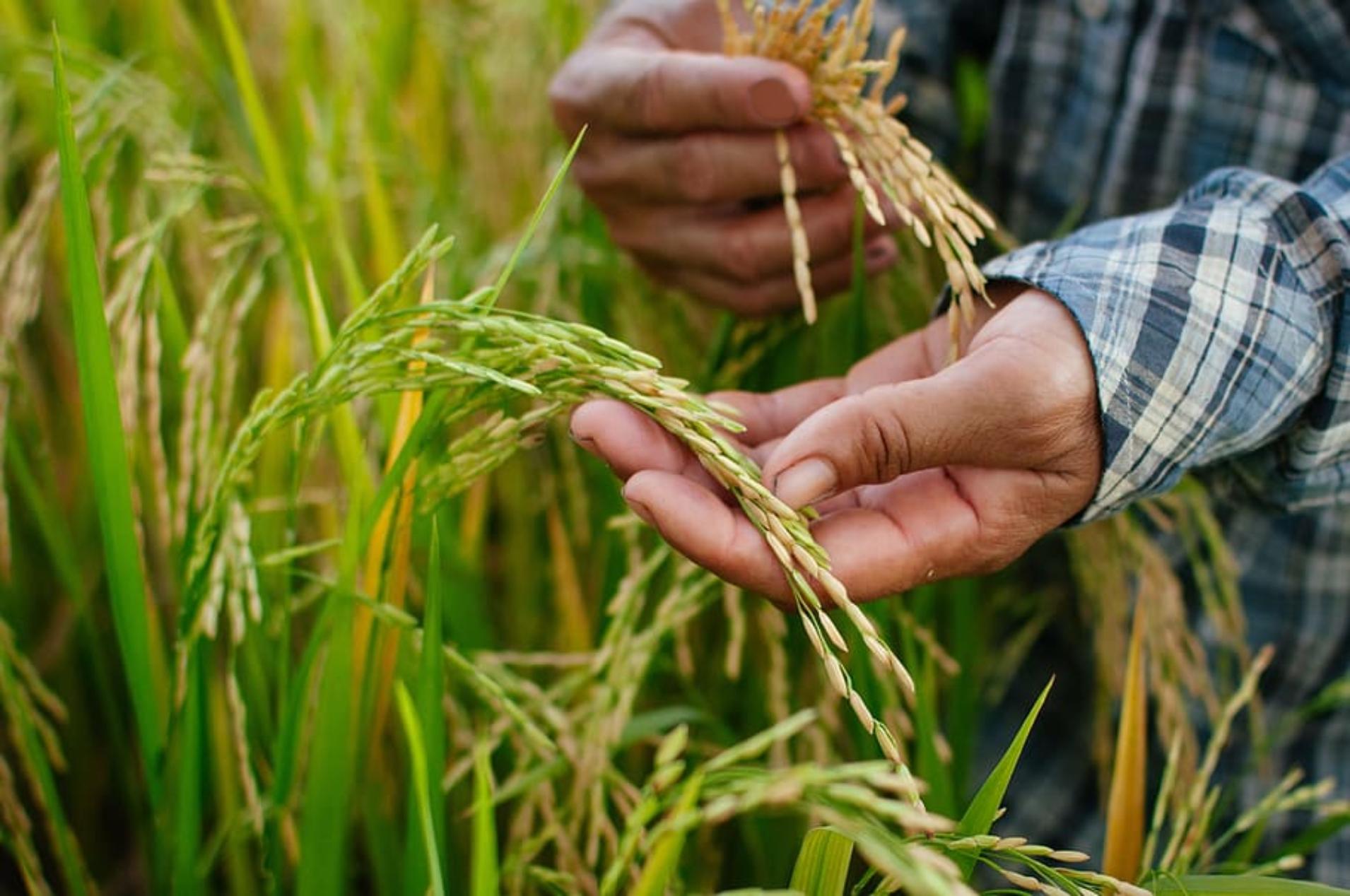
Despite losing about 419,560 metric tons (MT) of palay due to several typhoons, the country is seen to attain a record harvest of 19.44 million MT this year.
“We owe this year’s all-time palay production to the resilience and hardwork of our country’s farmers, and strong support of our local government units and the private sector, who altogether contributed to attaining such remarkable feat,” said Agriculture Secretary William Dar.
The Philippine Statistics Authority (PSA) projected that the country’s palay production for 2020 would reach 19.44 MMT, comprised of the actual production of 11.9 MMT, from January to September, and projected harvest of 7.54 MMT for the fourth quarter (Q4), based on standing crop as of November 1, 2020.
“We can say that Filipino rice farmers are starting to reap the benefits from the Rice Tariffication Law (RTL), particularly from the annual P10-billion Rice Competitiveness Fund (RCEF), including our regular rice program and rice resiliency project,” the DA chief added.
“Despite the unprecedented challenges, from logistical nightmare brought about by the pandemic to the series of typhoons that hit major production areas in the country, our rice sector continues to post significant growth,” he said.
The projected 2020 record yield of 19.44 MMT is 3.3 percent more than last year’s output of 18.81 MMT, and surpasses the previous production record of 19.27 MMT attained in 2017.
Secretary Dar attributes the feat to the fruits of various DA programs and interventions that include the RCEF, rice resiliency project, and regular inbred and hybrid rice programs.
“This is just the beginning, as in succeeding seasons we expect farmers to further increase their average yield to six tons from the current four tons per hectare,” Secretary Dar said.
“RCEF has already proven its effectiveness even during these challenging times. We are confident that we can achieve more in terms of productivity as our economy opens up, and demand for locally-produced rice stabilizes,” he said.
Next year, the DA will also focus on providing farmers’ cooperatives and associations (FCAs) drying equipment and facilities to increase the farmgate prices of palay.
“We will pursue said initiative as part of our farm clustering and consolidation strategy, dubbed as ‘Bayanihan Agri Cluster’ or BAC, to attain economies of scale. This will enable FCAs to attain a bigger harvest, reduce their cost of operations, and thus earn bigger incomes,” he added.
From January to November this year, the country lost a total of 419,560 MT of palay worth P6.94 billion, due mostly to four strong typhoons in October and November, namely: “Ulysses” that damaged 145,800 MT; followed by “Quinta” – 112,000 MT; “Rolly” – 64,250 MT; and “Pepito” – 63,160 MT.
“Had it not been for the typhoons and other challenges, we could have produced more. For 2021, we are targeting a conservative production of 20.48 MMT to a high of 20.66 MMT,” the DA chief said. ### (DA StratComms)














